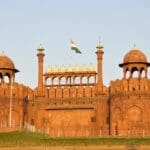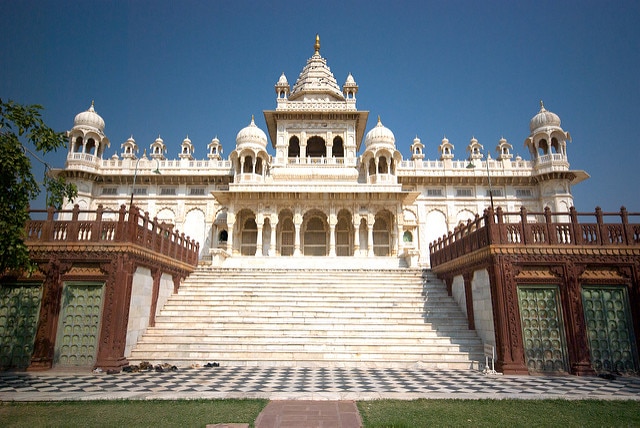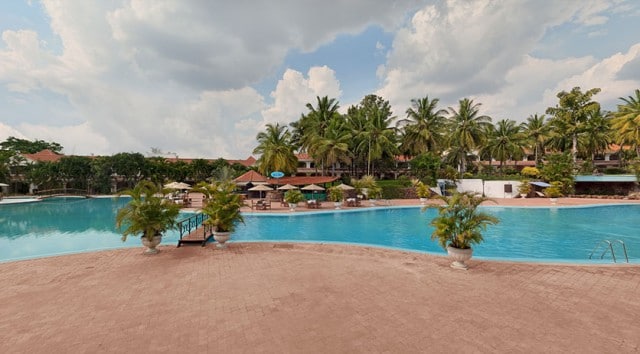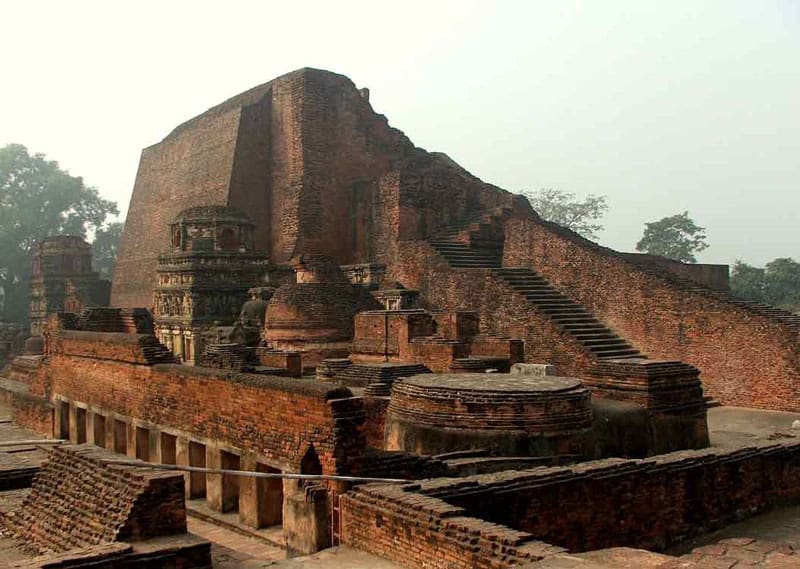Gokarnanatheshwara Temple in Mangalore stands as a testament to the rich cultural and spiritual heritage of India. This ancient temple, dedicated to Lord Shiva, holds a significant place in the hearts of devotees and tourists alike.
Introduction to Gokarnanatheshwara Temple
Situated in Kudroli, Mangalore, Gokarnanatheshwara Temple is one of the most revered Hindu shrines in Karnataka. Its history dates back to several centuries, captivating visitors with its architectural splendor and religious fervor.
Historical Significance
Origins and Legends
Legend has it that the temple was constructed by Sri Narayana Guru, a revered saint and social reformer, in the early 20th century. However, the roots of the temple trace back even further, believed to have been established by a devout family of Gokarnas, hence the name Gokarnanatheshwara.
Renovation and Architecture
Over the years, the temple underwent several renovations, blending various architectural styles such as Dravidian, Kerala, and Moghul, resulting in its distinctive appearance. The intricate carvings and towering gopuram (gateway tower) mesmerize visitors, reflecting the craftsmanship of yesteryears.
Spiritual Importance
The sanctum sanctorum of Gokarnanatheshwara Temple enshrines a majestic idol of Lord Shiva, attracting devotees seeking divine blessings and solace. The temple is a focal point for religious gatherings, offering prayers and participating in spiritual discourses.
Deity Worship
Devotees offer prayers and perform rituals to seek the blessings of Lord Shiva, believed to bestow peace, prosperity, and fulfillment of desires. The temple ambiance resonates with the sounds of bells, chants, and hymns, creating a serene atmosphere for spiritual contemplation.
Festivals and Celebrations
Gokarnanatheshwara Temple hosts a myriad of festivals throughout the year, with Maha Shivaratri being the most prominent. The festival sees a congregation of devotees engaging in special prayers, cultural programs, and religious processions, infusing the air with joyous fervor.
Cultural Heritage
Beyond its religious significance, Gokarnanatheshwara Temple is a treasure trove of cultural heritage, showcasing exquisite art and sculptures that narrate tales of mythology and folklore.
Art and Sculptures
The temple walls adorn intricate sculptures depicting various gods, goddesses, and mythological characters, showcasing the artistic brilliance of ancient craftsmen. Each carving narrates a story, inviting visitors to delve into the rich tapestry of Hindu mythology.
Traditional Practices
The temple follows age-old customs and traditions, preserving cultural practices passed down through generations. From elaborate rituals to traditional music and dance performances, every aspect of temple life reflects the vibrant cultural heritage of India.
Architectural Marvels
Gokarnanatheshwara Temple’s architectural marvels leave visitors awe-struck, with its sprawling complex and ornate designs.
Temple Complex Layout
The temple complex comprises multiple halls, shrines, and courtyards, each adorned with unique architectural features. The central sanctum housing the deity is surrounded by smaller shrines dedicated to various gods and goddesses, creating a harmonious ambiance of spiritual resonance.
Intricate Carvings
Every inch of the temple bears testimony to the skill and craftsmanship of artisans who meticulously carved intricate designs on stone. From celestial beings to mythical creatures, the carvings reflect a blend of religious symbolism and artistic expression.
Tourist Attractions
Apart from its religious significance, Gokarnanatheshwara Temple attracts tourists from far and wide, offering a glimpse into India’s rich cultural tapestry.
Pilgrimage Site
Gokarnanatheshwara Temple serves as a significant pilgrimage site not only for devotees but also for spiritual seekers and tourists interested in exploring the rich cultural heritage of India. The temple’s serene ambiance, coupled with its architectural splendor, creates an atmosphere conducive to introspection and spiritual contemplation. Pilgrims embark on a transformative journey, seeking solace and divine blessings amidst the sacred environs of the temple.
Nearby Places of Interest
Mangalore, the coastal gem of Karnataka, boasts a plethora of attractions in close proximity to Gokarnanatheshwara Temple, offering visitors an enriching and immersive experience.
Pristine Beaches
Mangalore is renowned for its pristine beaches, where visitors can unwind and soak in the natural beauty of the coastline. Panambur Beach, Tannirbhavi Beach, and Surathkal Beach are among the most popular beaches in the region, offering picturesque vistas, golden sands, and azure waters. Whether it’s basking in the sun, indulging in water sports, or simply taking a leisurely stroll along the shoreline, these beaches offer a rejuvenating escape from the hustle and bustle of city life.
Ancient Forts
History enthusiasts can explore the remnants of ancient forts that dot the landscape of Mangalore. Bekal Fort, located a short distance from the city, is a magnificent edifice steeped in history, offering panoramic views of the Arabian Sea. Built during the reign of the Ikkeri Nayakas, the fort stands as a testimony to the region’s rich historical legacy. Visitors can explore its ramparts, bastions, and secret passages, unraveling tales of conquests and valor that echo through the corridors of time.
Vibrant Markets
Mangalore’s bustling markets are a treasure trove of local culture, offering a glimpse into the vibrant tapestry of life in coastal Karnataka. The bustling streets of Hampankatta and Car Street are lined with colorful stalls selling a myriad of goods, ranging from spices and textiles to handicrafts and souvenirs. Visitors can immerse themselves in the hustle and bustle of the markets, bargaining with vendors and sampling local delicacies, thereby experiencing the vibrant pulse of Mangalore’s cultural life.
Temples and Churches
Apart from Gokarnanatheshwara Temple, Mangalore is home to a plethora of temples and churches, each with its own unique architectural style and religious significance. The Kadri Manjunatha Temple, dedicated to Lord Shiva, is renowned for its ancient history and architectural marvels. St. Aloysius Chapel, with its exquisite frescoes and intricate paintings, is a testament to Mangalore’s rich Christian heritage. Visitors can explore these sacred sites, marveling at their architectural splendor and soaking in the spiritual ambiance that pervades the air.
Culinary Delights
Mangalore is a paradise for food lovers, offering a diverse range of culinary delights that tantalize the taste buds. From traditional coastal delicacies like Mangalorean fish curry and neer dosa to street food favorites like goli baje and mangalore buns, the city’s culinary landscape is a gastronomic adventure waiting to be explored. Visitors can savor the flavors of coastal Karnataka, sampling its rich and aromatic dishes at local eateries and restaurants, thereby experiencing the culinary heritage of Mangalore firsthand.
Religious Practices
Devotees visiting Gokarnanatheshwara Temple actively participate in religious practices, engaging in rituals and offerings to express their devotion and seek divine grace.
Rituals and Offerings
The temple conducts daily rituals, including abhishekam (ritual bathing of the deity), archana (offering of prayers), and deeparadhana (ritual of offering light). Devotees offer flowers, fruits, and incense as a symbol of reverence and devotion to the deity.
Devotee Experience
Visitors to the temple are greeted with warmth and hospitality, experiencing a sense of belongingness in the midst of divine presence. The serene ambiance and spiritual vibrations create an atmosphere conducive to introspection and inner peace.
Conclusion
Gokarnanatheshwara Temple stands as a beacon of spiritual enlightenment and cultural heritage, captivating visitors with its architectural grandeur and religious fervor. As a symbol of devotion and piety, the temple continues to inspire millions, fostering a sense of unity and harmony among devotees worldwide.
Unique FAQs
- Is photography allowed inside Gokarnanatheshwara Temple?
- Photography for personal use is permitted in certain areas of the temple, but it’s advisable to respect the sanctity of the religious premises and seek permission before clicking photographs.
- Are there any specific dress codes to be followed while visiting the temple?
- While there is no strict dress code, visitors are advised to dress modestly and refrain from wearing revealing attire out of respect for the religious sentiments of devotees.
- Can non-Hindus visit Gokarnanatheshwara Temple?
- Yes, the temple welcomes visitors of all faiths and backgrounds. However, it’s essential to observe decorum and reverence while inside the temple premises.
- What are the temple timings?
- Gokarnanatheshwara Temple is usually open from early morning until late evening. However, it’s recommended to check the official timings before planning your visit.
- Is there any significance associated with the architecture of the temple?
- Yes, the temple’s architecture incorporates elements of Dravidian, Kerala, and Moghul styles, symbolizing the cultural amalgamation prevalent in the region.












